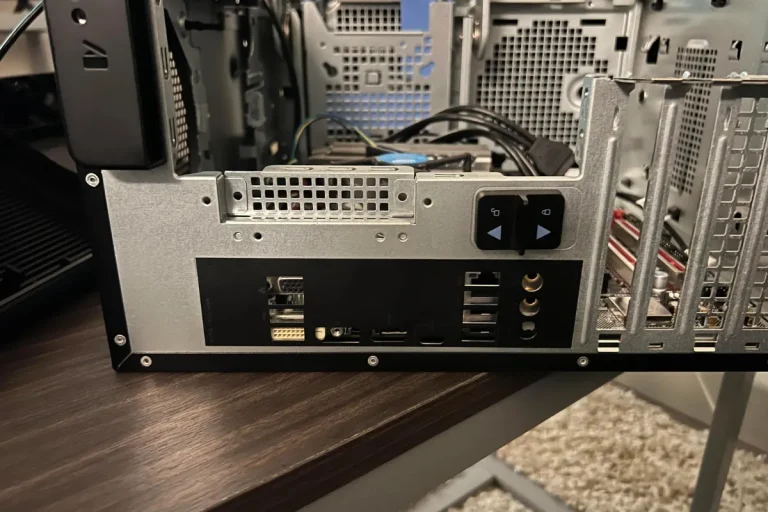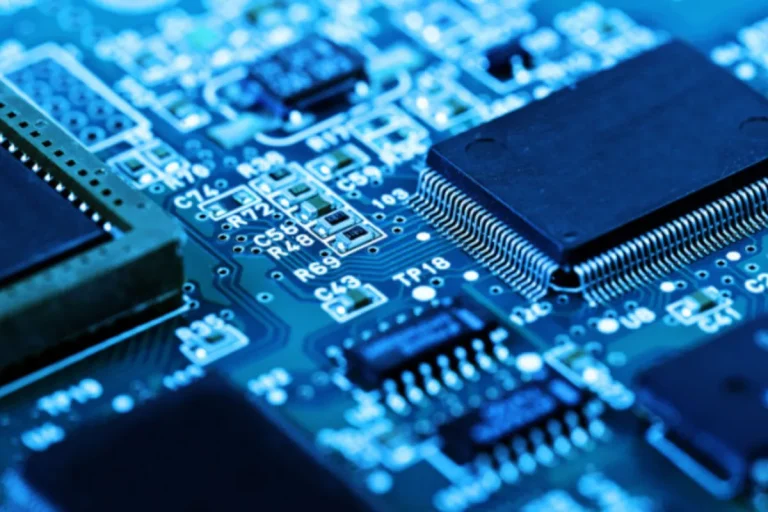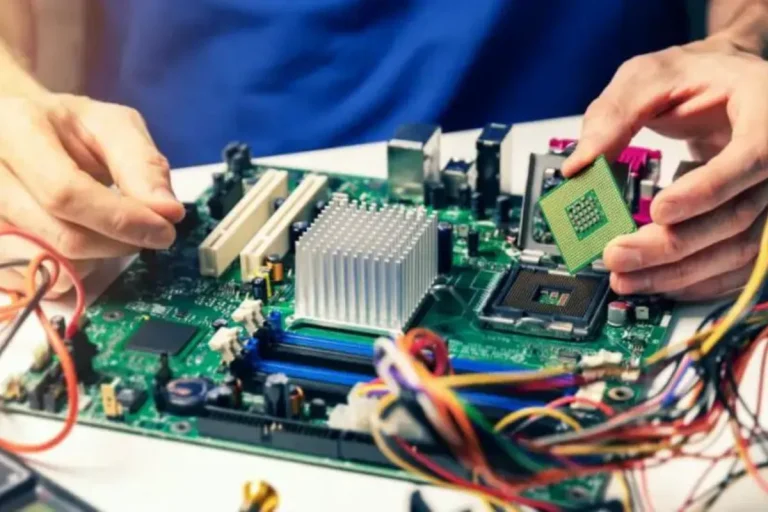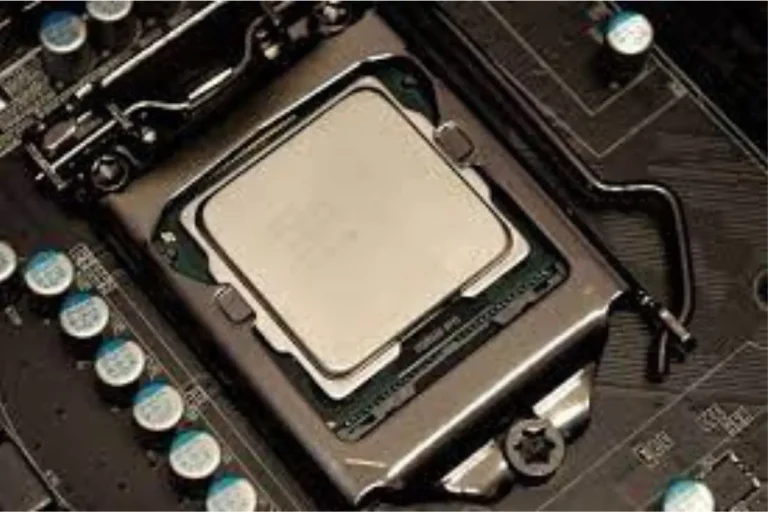What is a full-size motherboard?
A full-size motherboard is like the heart of a computer, connecting all the essential components. It’s the giant brain that makes everything work seamlessly. Whether you’re a tech enthusiast or just starting to explore the world of computers, understanding what a full-size motherboard is and its importance is key.
Full-Size Motherboards Explained
When it comes to computer components, the full-size motherboard is a powerhouse that deserves our attention. The world of full-size motherboards, their definition, characteristics, and the benefits they bring to the table.
Definition and Characteristics
A full-size motherboard, also known as an ATX motherboard, is a standard-sized motherboard that fits into most computer cases. It’s like the foundation of your computer, providing a platform for all the other components to connect and communicate with each other. Think of it as the central nervous system that keeps everything running smoothly.
Full-size motherboards are larger than their smaller counterparts, such as micro ATX or mini ITX. This size advantage allows for more expansion slots, which means you can add more components like graphics cards, sound cards, or additional storage drives.
With a full-size motherboard, you have the flexibility to customize and upgrade your computer to suit your needs.
Benefits of Using a Full-Size Motherboard
One of the significant advantages of using a full-size motherboard is the room it provides for expansion. The additional expansion slots mean you can easily add more features and capabilities to your computer without any space constraints.
This is especially beneficial for gamers, content creators, or professionals who require high-performance systems. Moreover, full-size motherboards often come with better cooling solutions and enhanced power delivery systems.
This ensures that your components stay cool and receive a stable power supply, which is crucial for optimal performance and longevity. In addition, full-size motherboards often offer more connectivity options, including multiple USB ports, audio jacks, and networking capabilities.
This allows you to connect various devices and peripherals effortlessly, making your computer more versatile and functional.
Compatibility and Connectivity
When building a computer system, it’s essential to ensure that all the components work harmoniously together. In this section, we’ll explore the compatibility of full-size motherboards with other components and discover the connectivity options they offer.
Compatibility of Full-Size Motherboards
Full-size motherboards are designed to be compatible with a wide range of components, making them a versatile choice for building a computer. They typically support various processors, both Intel and AMD, so you have the freedom to choose the one that suits your needs and budget.
These motherboards also offer compatibility with different types of memory modules, such as DDR4, ensuring that you can install sufficient RAM for smooth multitasking and efficient performance.
Furthermore, full-size motherboards come with multiple expansion slots that can accommodate various add-on cards, including graphics cards, sound cards, and network cards. This compatibility allows you to enhance your system’s capabilities and tailor it to your specific requirements.
Connectivity Options Provided by Full-Size Motherboards
Connectivity is crucial in today’s digital age, and full-size motherboards excel in providing a wide range of connectivity options. They typically come equipped with multiple USB ports, allowing you to connect peripherals like keyboards, mice, printers, and external storage devices conveniently.
Moreover, full-size motherboards often feature audio jacks, enabling you to connect speakers, headphones, or microphones without the need for additional adapters. This ensures a seamless audio experience for gaming, multimedia tasks, or voice communication.
Additionally, these motherboards offer Ethernet ports for wired internet connections, ensuring fast and reliable network connectivity. Some models even provide built-in Wi-Fi capabilities, eliminating the need for a separate Wi-Fi adapter and allowing you to connect to wireless networks effortlessly.
Performance and Features
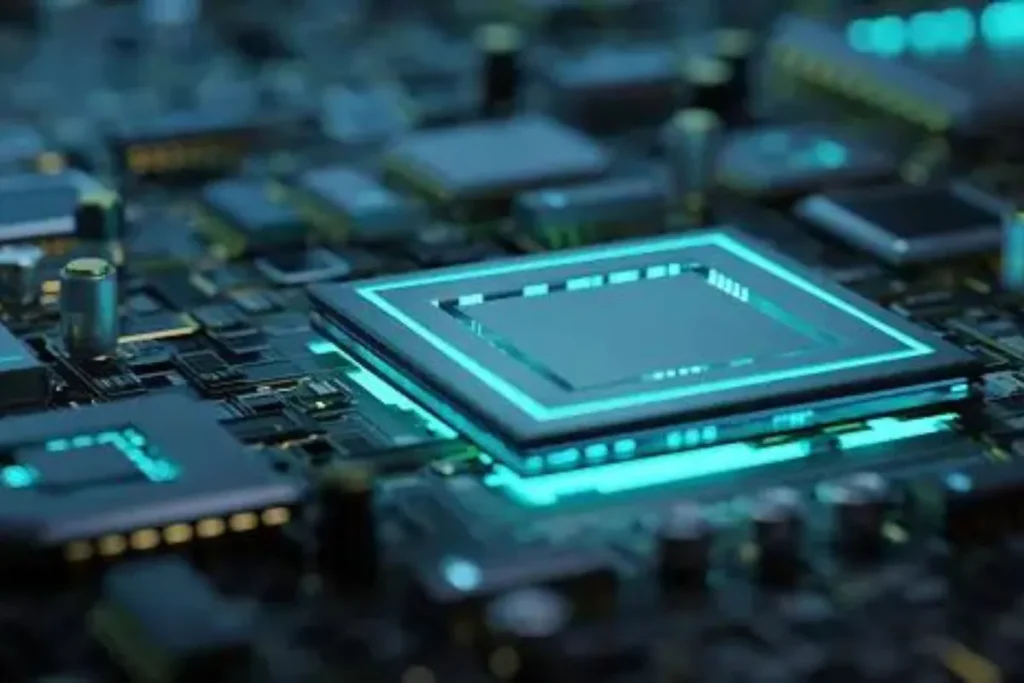
When it comes to building a high-performance computer, the choice of motherboard plays a crucial role. In this section, we will explore how a full-size motherboard can impact the overall performance of a computer and delve into the features and capabilities it offers.
Impact on Overall Performance
A full-size motherboard can significantly impact the overall performance of a computer. Firstly, these motherboards often come with robust power delivery systems that ensure a stable and efficient power supply to all components. This translates into better performance and reliability, especially when running resource-intensive tasks or demanding applications.
Additionally, full-size motherboards provide ample space for cooling solutions, such as larger heatsinks and multiple fan headers. Effective cooling is essential to prevent overheating and ensure optimal performance, especially when pushing your system to its limits.
Furthermore, full-size motherboards typically support higher memory capacities and faster memory speeds. This allows for smoother multitasking and faster data access, resulting in improved overall performance and responsiveness.
Features and Capabilities
Full-size motherboards offer a plethora of features and capabilities that enhance the functionality of your computer. One notable feature is the presence of multiple expansion slots, which allow you to add additional components like graphics cards, sound cards, or storage drives.
This expandability ensures that your computer can handle demanding tasks and adapt to future upgrades. Moreover, these motherboards often come with built-in audio solutions, providing high-quality sound output for an immersive audio experience.
Additionally, they offer various connectivity options, including USB ports, audio jacks, and networking capabilities, allowing you to connect multiple devices and peripherals effortlessly.
Furthermore, full-size motherboards may include advanced technologies, such as overclocking support, which enables you to push your components beyond their default settings for increased performance. They may also feature diagnostic tools and enhanced BIOS interfaces, making it easier to monitor and manage your system.
Frequently Asked Questions
1. Can I use any full-size motherboard for my computer build?
While full-size motherboards offer compatibility with a wide range of components, it’s important to ensure that the motherboard is compatible with your chosen processor and memory type. Check the motherboard’s specifications and make sure it supports the components you plan to use.
2. What expansion slots should I look for in a full-size motherboard?
Consider the number and type of expansion slots based on your needs. If you plan to add a dedicated graphics card or other expansion cards, make sure the motherboard has sufficient PCIe slots. Additionally, consider the availability of M.2 slots for high-speed storage options.
3. How important is the power delivery system on a full-size motherboard?
The power delivery system is crucial for stable and efficient power distribution to your components. Look for motherboards with robust power phases and quality capacitors to ensure reliable performance, especially when using power-hungry components or overclocking.
4. What connectivity options should I consider when choosing a full-size motherboard?
Consider the number and type of USB ports, audio jacks, and networking capabilities provided by the motherboard. Ensure that it has enough ports to accommodate your peripherals and supports the connectivity options you require, such as USB 3.0 or USB-C ports.
5. How do I choose a full-size motherboard based on personal requirements?
Consider your specific needs and preferences. Evaluate factors like the number of RAM slots, storage options, and features like built-in Wi-Fi, RGB lighting, or overclocking capabilities.
Conclusion
A full-size motherboard is the backbone of your computer, providing the necessary connections and features for optimal performance. With its robust power delivery, ample expansion slots, and various connectivity options, it ensures a versatile and feature-rich computing experience.
